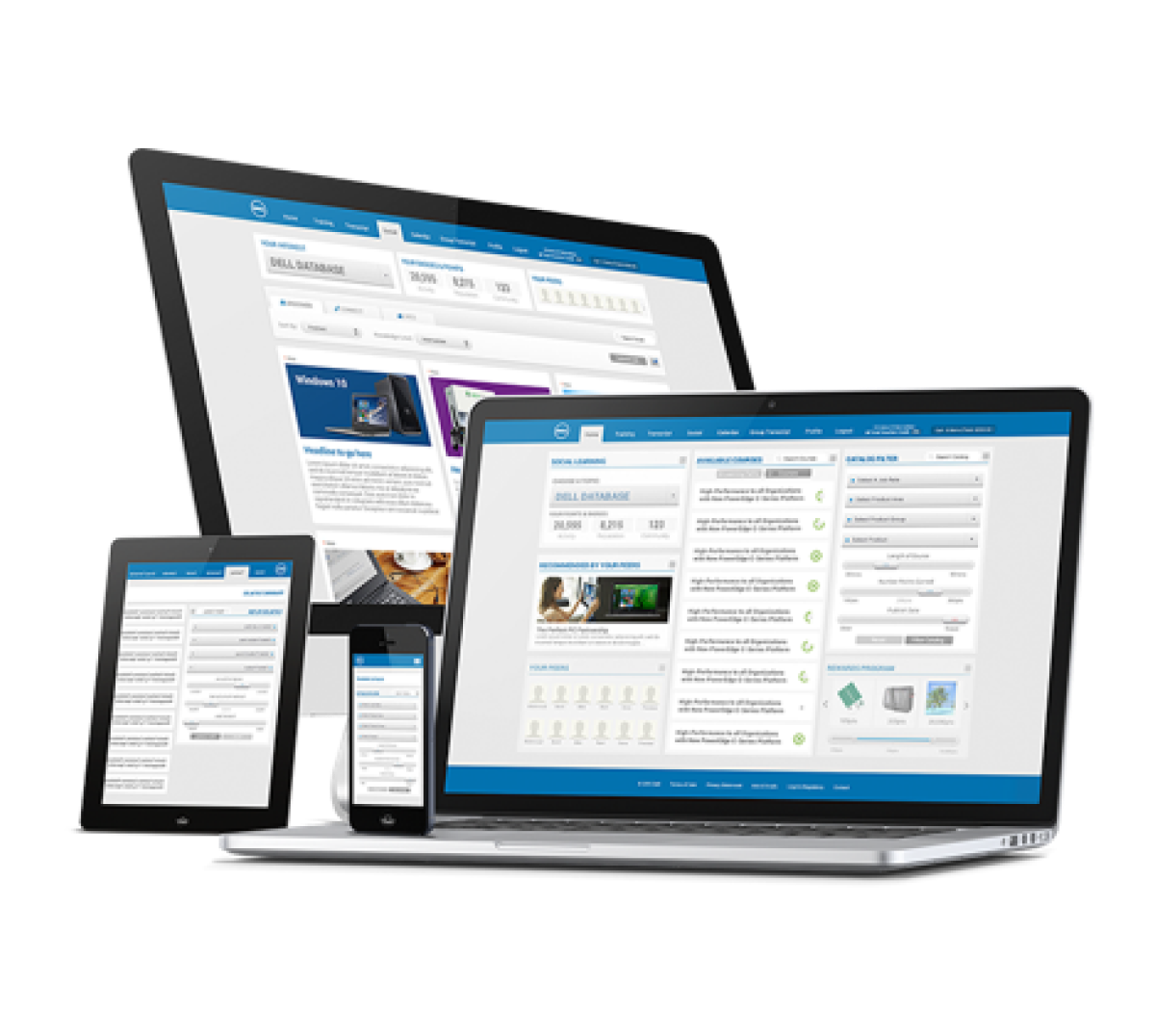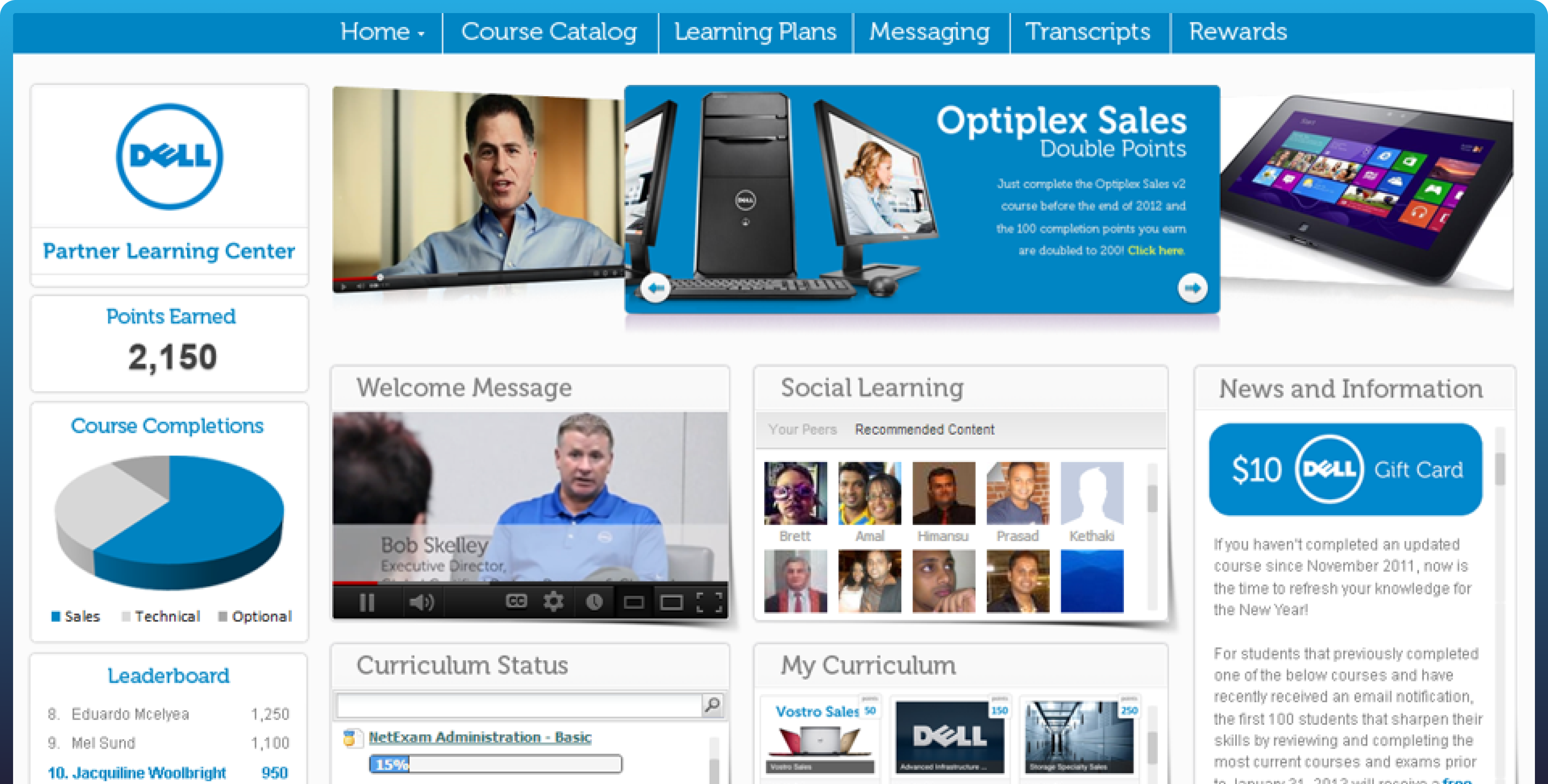
Ever felt like your customers aren’t as excited about training as you’d like them to be? You’re not alone. In today’s fast-paced world, getting customers to engage in training programs can be a real challenge. But don’t worry, I’ve got some tips to help you turn things around.
Over the years, I’ve seen what works and what doesn’t in the customer and partner training space. Here are my top five strategies to make your training programs more engaging and fun.
1. Add Incentives
People love free stuff, and that’s a great motivator. This could be complimentary logo items, free swag, or entry into a drawing.
Some companies even offer higher levels of support as an incentive. For instance, if customers complete the training, you might upgrade them from silver to gold support. This not only encourages them to do the training but also benefits you by reducing support calls as they become better-educated customers.
2. More Appealing Content
Content is king, especially when it comes to training. The trick is to make it as engaging and informative as possible. Mix things up with videos, infographics, interactive quizzes, and real-world scenarios. This way, you’re catering to different learning styles and keeping things interesting.
And remember, strong storytelling and case studies can make your content more relatable and memorable. Keep your materials updated to reflect the latest trends and features, so they always have the most relevant information.
Make sure your content isn’t just white-paper boring or “Death by PowerPoint” slides. People, especially younger audiences, are used to quick, engaging formats like usually involve video.
Cut your training into smaller chunks that are easy to digest. Flash cards can also be a great tool. Consider audio-only versions for those who prefer to listen while commuting. The key is to provide multiple options and ways for your customers to consume the content.
3. Modular Courses
Breaking down your training into bite-sized, modular courseware will make it more manageable for your customers. This approach allows them to learn at their own pace and focus on what interests them the most. It’s especially helpful for busy professionals who can’t commit to long training sessions. Make each module concise and targeted, with a clear progression path, so customers see the value in completing each step.
Logical grouping of content is crucial. Think about customer training in four primary stages:
- Pre-customer training (why they should buy),
- Onboarding (getting started quickly),
- Product lifetime ownership (support and issue resolution),
- End-of-lifecycle (upgrades and new purchases).
Defining these stages separately makes it easier for customers to consume and complete the training in manageable chunks.
4. Entire Customer Lifecycle
Training shouldn’t be a one-and-done deal. It should be an ongoing process that supports your customers throughout their entire journey with your product or service. Start with onboarding new customers and then provide advanced training as they become more experienced.
By offering continuous learning opportunities, you keep your customers engaged and help them get the most out of what you offer. And don’t forget to ask for feedback and make adjustments based on what you hear. It shows you care about their experience and are committed to their success.
Training should evolve with your customers’ needs. From pre-purchase education to onboarding, ongoing support, and eventually upgrading or purchasing new versions, tailor your programs to match these stages. By continuously offering relevant training, you keep your customers engaged and help them maximize the value of your products.
5. Put It Where It’s Needed
Convenience is key. Make your training accessible by embedding resources directly within your product or service. This way, customers can get the help they need exactly when they need it.
Just-in-time training can reduce frustration and enhance the user experience. And offering mobile-friendly options ensures that your customers can learn on the go, making your training even more accessible and convenient.
A popular approach is contextual training or “in-App” training. Imagine a little icon on a button that, when clicked, offers training on just that feature. This focused method allows users to learn exactly what they need without sifting through irrelevant information.
QR codes can also be used effectively. For example, scanning a code on a freezer could pull up videos on common fixes, making it easy for customers to get help right when and where they need it.
By using these strategies, you will overcome the common challenge of lack of interest in customer training. Offering incentives, creating engaging content, breaking down courses into manageable chunks, supporting customers throughout their lifecycle, and making training easily accessible are all effective ways to engage your customers and help them get the most out of your products and services.
At NetExam LMS+, we’re dedicated to helping you engage your customers in training. Let us know how we can assist you.
About the Author

Brett Strauss has been a pioneer in customer and partner education since its early days. He’s the Founder and President of NetExam.
Book a Demo
Experience how NetExam LMS+ can supercharge your training operations and boost your customer and partner retention. Enter your email address and we’ll connect you with the right person.


